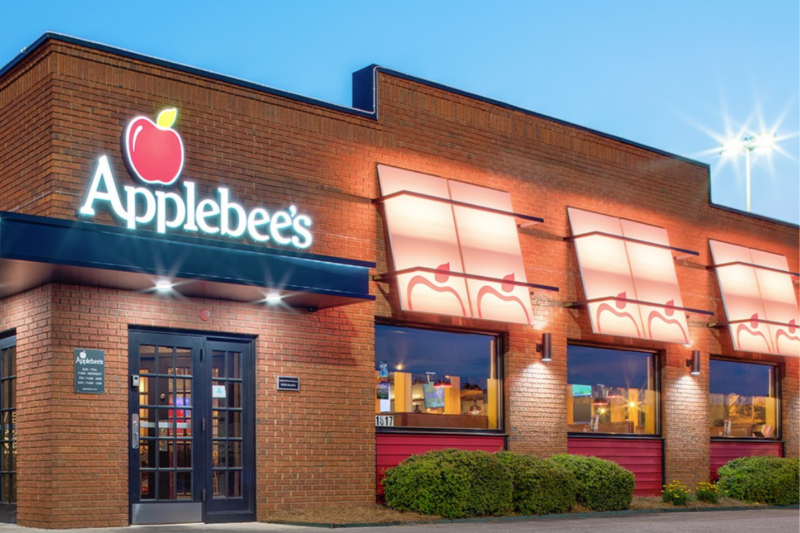It seems as if I’ve been writing recently only about the effects of public policy on the foodservice and foodservice equipment and supplies business. Last month, it was about the impacts of changes in the new tax legislation on the restaurant business. Last issue, it was about new tariffs the Trump Administration plans to impose on imported steel and aluminum. More has developed since two weeks ago surrounding the tariffs, but I also want to alert you to the trends for metal prices.
(By the way, I was mistaken in my discussion of restaurateurs’ supposed ability to immediately depreciate the costs of renovation and purchase of new or used equipment. More on that below.)
Since I wrote two weeks ago, the policy has begun to be fleshed out and significant changes made. Canada and Mexico, which are also in the midst of renegotiating the North American Free Trade Agreement with the U.S., were temporarily exempted. The European Union and other allies are also lobbying hard for exemptions. The tariffs are supposed to go into effect March 23.
But no matter what the eventual impact of the tariffs, and as I said they can only put upward pressure on steel and aluminum prices in the U.S., prices for key metals used in E&S have already been rising, sometimes dramatically, for two years. According to Metal Miner, a newsletter and research service that advises industrial buyers on metals price trends and purchasing strategies, prices for carbon steels doubled from January 2016 to March 2018. Aluminum prices are up nearly 35% since January 2016. Copper is up just shy of 40% during the period. And stainless steel prices have shot up more than 44% January 2016 to March 2018. Metal Miner says the outlook for all four metal categories is for still higher prices, as the outlook for all four metals is “bullish.” Like everyone else, they are waiting to see what the final tariff regime looks like before predicting the impact on prices.
But here’s the bottom line: Foodservice E&S manufacturers will almost certainly become more aggressive in raising their own prices. We don’t have data from AutoQuotes on list price changes so far in 2018. But AQ data shows manufacturers ate a lot of the increases in commodities costs in 2017. It’s unlikely they can sustain that strategy in the face of price increases such as those detailed here. Be forewarned.
Now back to the tax depreciation period for capital improvements and purchases. A March 4, 2018 New York Times article stated a drafting error in the legislation—far from allowing the immediate write-off of such investments—failed to allow a 15-year depreciation period sought by the National Restaurant Association and others.
The article cites NRA Exec. V.P. of Public Affairs Cicely Simpson as saying, “It is our understanding it was an honest mistake. The bipartisan intent behind the law was a 15-year depreciation period and we are confident Congress will have this resolved quickly.” But the article goes on to say a fix will not be that easy, as “legislation correcting any portion of the tax bill will require Democratic votes to get through the Senate.”
Cheers,

Robin Ashton
Publisher
RELATED CONTENT
- Advertisement -
- Advertisement -
- Advertisement -
TRENDING NOW
- Advertisement -
- Advertisement -
- Advertisement -


